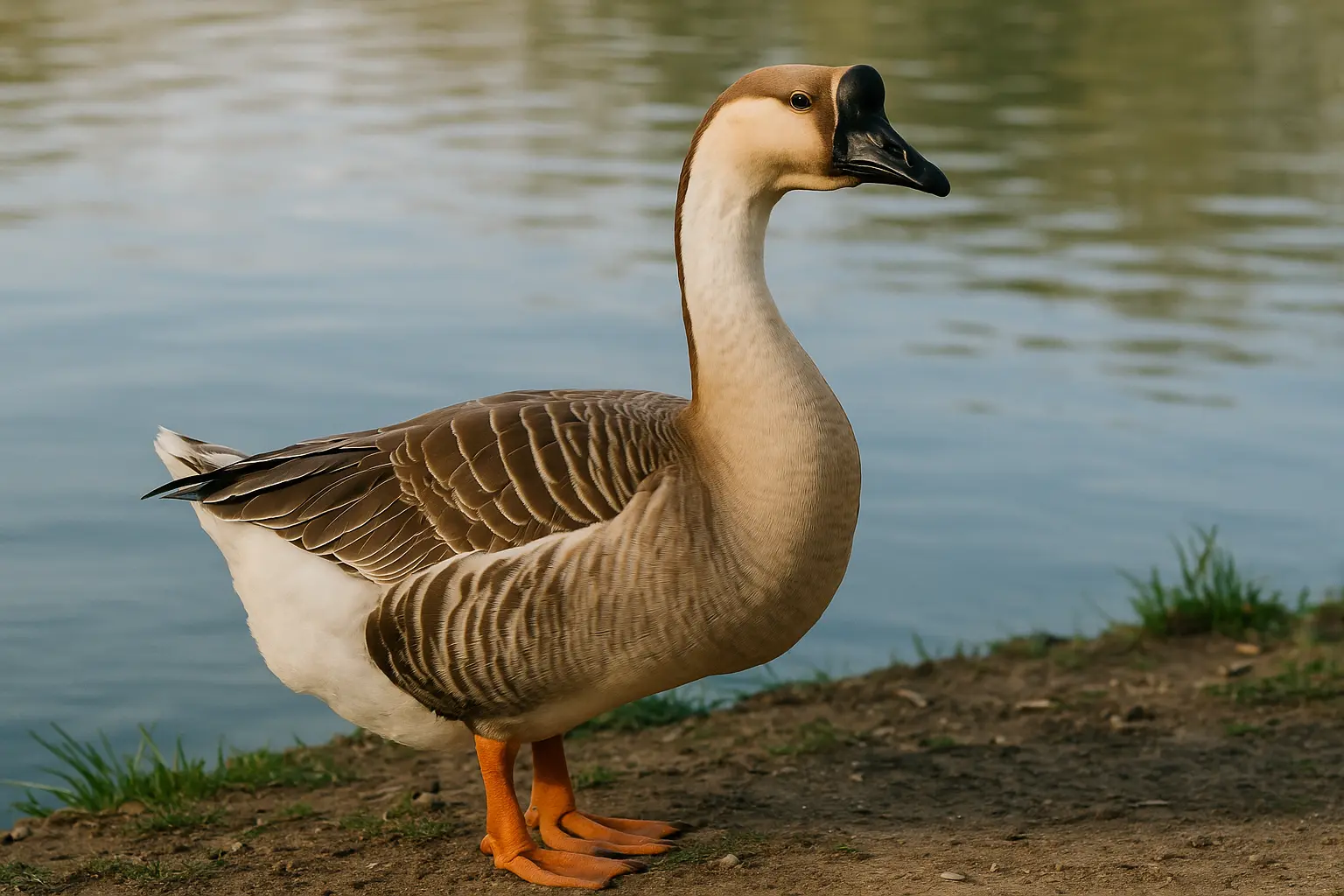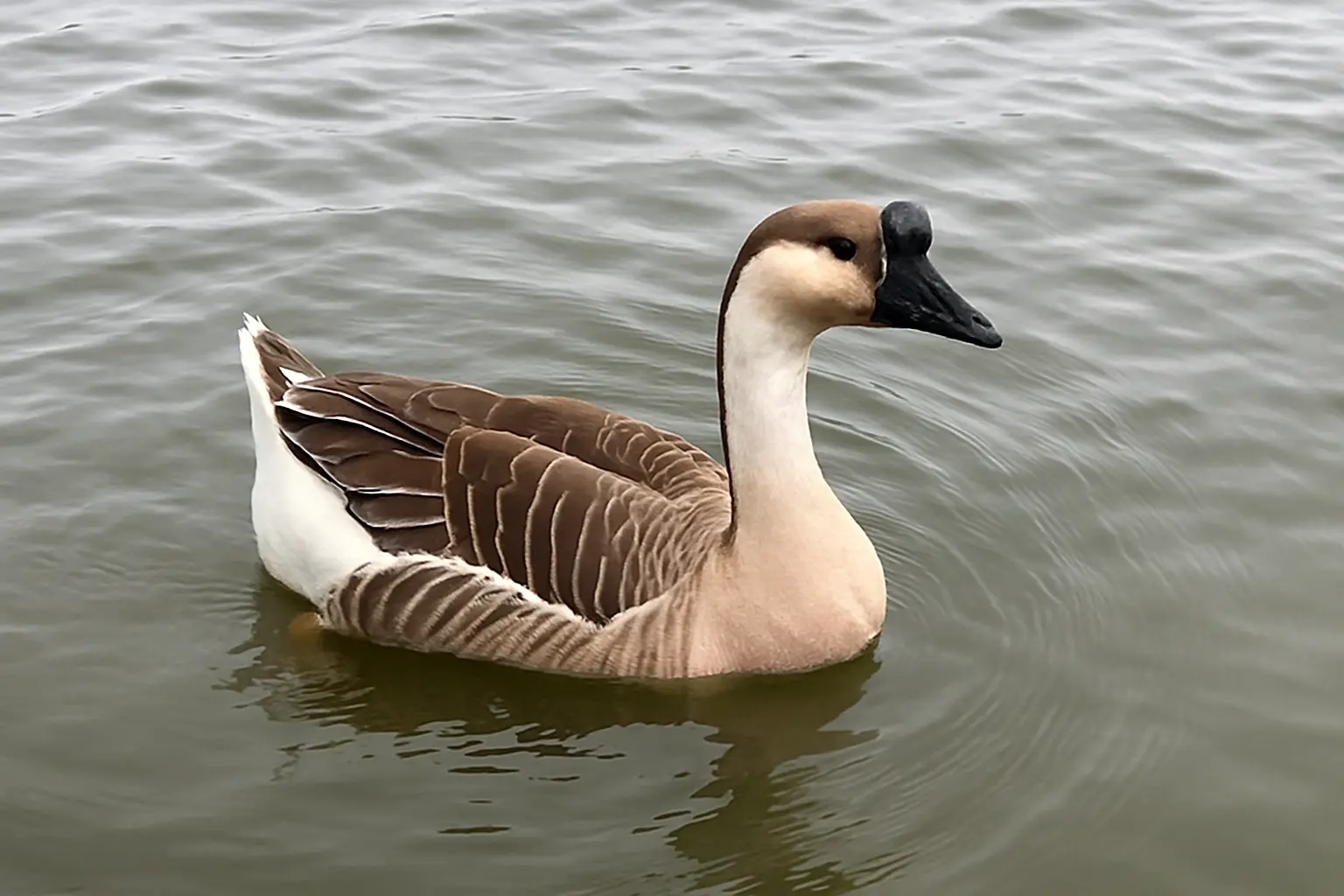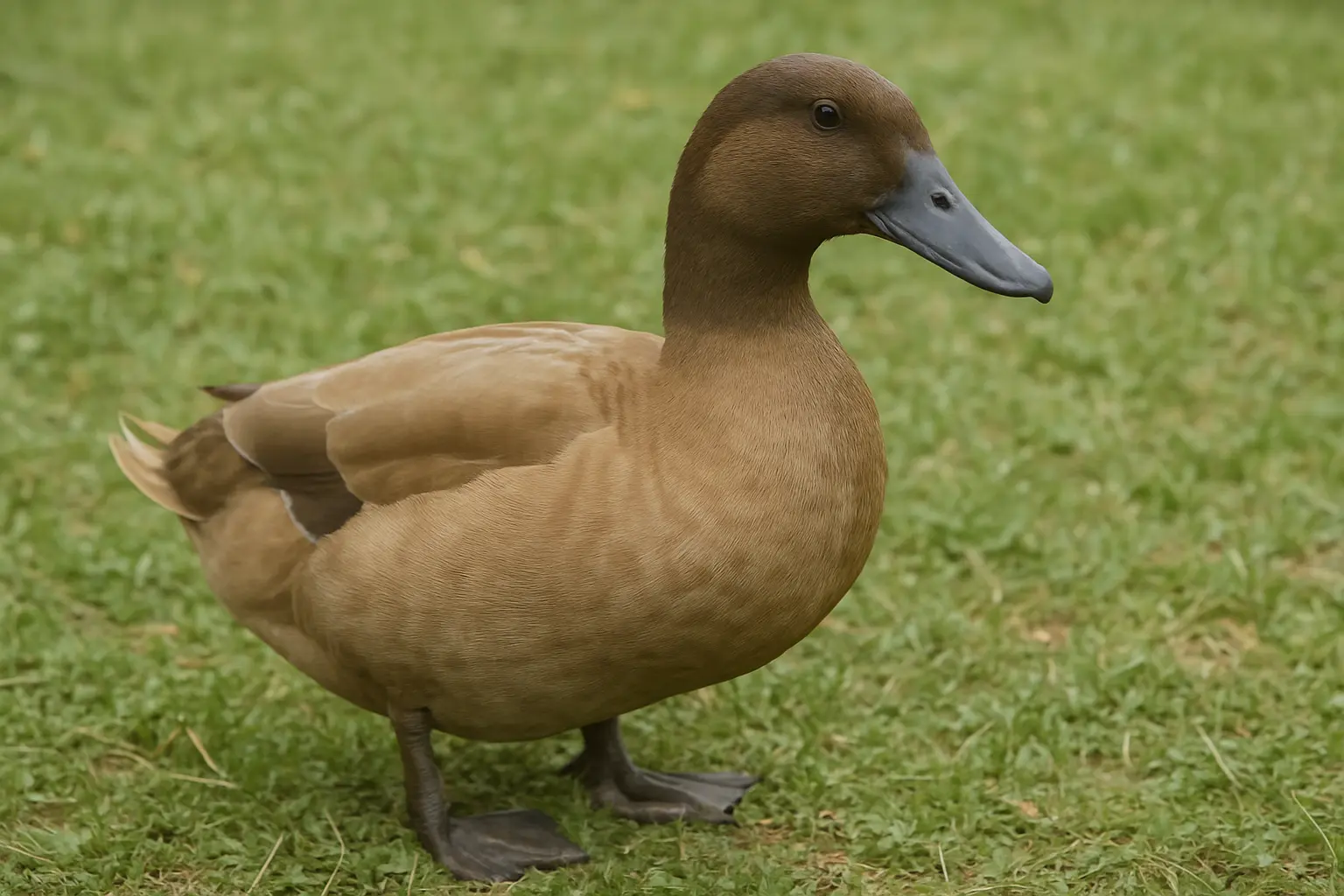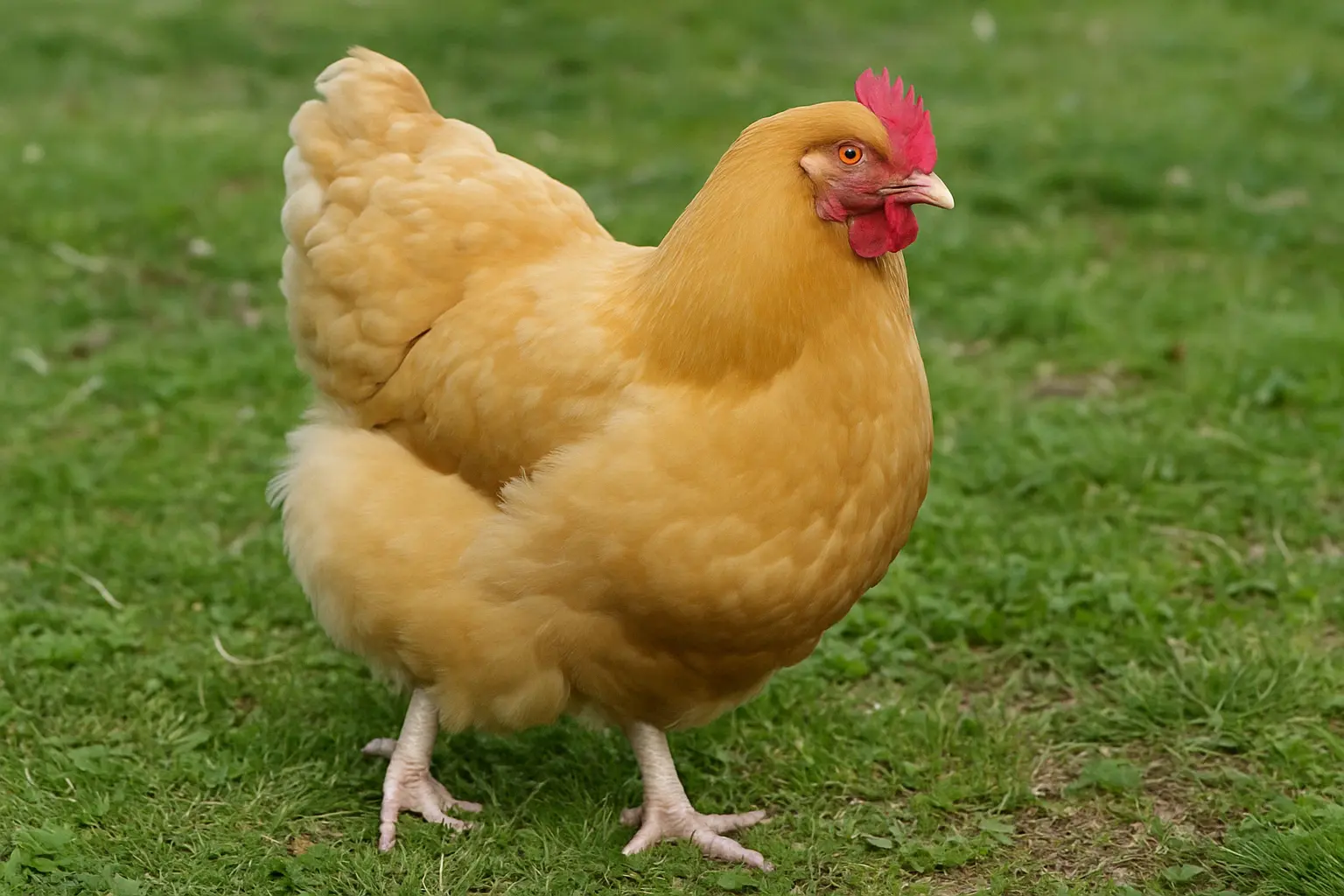
A Complete Guide to Keeping Indian Runner Ducks
Indian Runner ducks are a popular choice among poultry keepers in the UK, thanks to their unique appearance, excellent egg production, and friendly nature. Whether you are new to duck keeping or looking to expand your flock, Indian Runner ducks offer a rewarding and entertaining experience.
In this comprehensive guide, we’ll cover everything you need to know about keeping Indian Runner ducks, from their housing and feeding to their health and general care.
Introduction to Indian Runner Ducks
Indian Runner ducks are an ancient breed that originated in Southeast Asia and were introduced to the UK in the 19th century. Unlike most ducks, they stand upright and are known for their distinctive "bowling pin" appearance and their ability to run rather than waddle.
Key Characteristics:
- Lifespan: 8-12 years with proper care
- Egg Production: 200-300 large white, green, or blue eggs per year
- Temperament: Energetic, friendly, and inquisitive
- Size: Medium (ducks weigh 1.5-2 kg, drakes 2-2.5 kg)
- Colours: White, black, fawn, chocolate, and more
- Hardiness: Adaptable to the UK's climate
Why Choose Indian Runner Ducks?
Indian Runners are a fantastic choice for many reasons:
- Exceptional Egg Layers: They are one of the most prolific laying duck breeds, rivaling chickens in egg production.
- Low Maintenance: They require minimal care and adapt well to different environments.
- Pest Control: Their foraging habits make them excellent natural pest controllers for gardens.
- Unique Appearance: Their upright stance and amusing antics provide endless entertainment.
- Gentle and Friendly: With regular interaction, they become sociable and enjoyable companions.
- Non-Flying Breed: Unlike some duck breeds, Indian Runners are unlikely to fly away.
Housing Requirements for Indian Runner Ducks
Providing a safe and comfortable environment is key to ensuring your Indian Runner ducks stay healthy and productive.
Duck House Requirements
- Size: Allow at least 0.5 square metres per bird inside the duck house.
- Ventilation: Ensure proper airflow to prevent dampness and respiratory issues.
- Bedding: Use absorbent materials such as straw or wood shavings to keep the house dry.
- Predator Protection: Secure the house against foxes and other predators.
- Low Entrance: Ducks prefer to walk into their shelter rather than jump.
Outdoor Space and Water Access
Indian Runners are highly active ducks that require plenty of space to roam and forage.
- Run Size: Provide at least 2-3 square metres per bird, with more space being ideal.
- Fencing: A fence of around 90cm high will help contain them and keep them safe.
- Water Source: A small pond, paddling pool, or shallow container for swimming and preening is essential.
Tip: Regularly clean their water source to prevent bacteria build-up.
Feeding Indian Runner Ducks
A balanced diet is crucial for maintaining their health and egg-laying potential.
Essential Nutrition
- Duck Pellets (16-18% protein): A complete diet formulated specifically for ducks.
- Fresh Greens and Vegetables: Lettuce, peas, kale, and other leafy greens provide additional nutrition.
- Grit: Needed to aid digestion and break down food in their gizzard.
- Fresh Water: Ducks require constant access to clean water for drinking and preening.
- Foraging: Indian Runners enjoy searching for slugs, snails, and other insects.
Feeding Tip: Avoid feeding bread, as it lacks nutrients and can lead to health problems.
Health and Common Concerns
Indian Runner ducks are generally hardy birds, but regular health checks are essential to ensure their well-being.
Common Health Issues
- Wet Feather: Caused by prolonged exposure to damp conditions; ensure they have access to clean water for preening.
- Bumblefoot: Foot infections due to rough terrain or poor hygiene; provide soft bedding and a clean environment.
- Worms: Regular worming is recommended, especially for free-ranging ducks.
- Respiratory Infections: Ensure their housing is dry and well-ventilated to prevent respiratory issues.
Preventative Care: Conduct regular checks for signs of illness, ensure they have clean living conditions, and provide a balanced diet.
Indian Runner Duck Behaviour and Handling
Indian Runner ducks are known for their energetic and comical behaviour.
- They are naturally shy but can become friendly with regular handling.
- They prefer the company of other ducks and do best in small flocks.
- They are excellent foragers and will enthusiastically patrol your garden for insects.
- Unlike chickens, they do not scratch the ground, making them gentler on lawns and flower beds.
Handling Tip: Approach them calmly and consistently to build trust over time.
Egg Production and Collection
Indian Runner ducks are prolific layers, providing a steady supply of delicious and nutritious eggs.
Egg-Laying Habits
- They usually begin laying at around 5-6 months of age.
- Expect around 4-6 eggs per week, with higher productivity in the warmer months.
- Indian Runners typically lay their eggs early in the morning.
- They are not known for being broody, so artificial incubation may be needed if you wish to hatch eggs.
Egg Collection Tip: Collect eggs daily to maintain cleanliness and prevent breakage.
Winter Care for Indian Runner Ducks
Indian Runner ducks are well-suited to the UK's colder climate but require some extra care in winter.
- Insulation: Provide additional bedding such as straw for warmth.
- Water Maintenance: Ensure their drinking water doesn’t freeze; heated water dispensers can help.
- Extra Feed: Increase their food intake slightly to help them maintain body heat.
- Shelter: Provide a dry, wind-proof shelter to protect them from harsh weather.
Winter Tip: Avoid allowing ducks to stay in frozen ponds, as they can develop frostbite on their feet.
Breeding and Raising Ducklings
If you're considering breeding Indian Runner ducks, here are a few things to keep in mind.
Breeding Tips
- Indian Runners are not known for brooding, so an incubator may be necessary.
- Eggs take about 28 days to hatch under optimal conditions (37.5°C and 50-55% humidity).
- Ducklings require warmth and a shallow water source to prevent drowning.
- Provide duck starter feed with high protein to support their growth.
Growth Rate: Ducklings grow quickly and feather out within 6-8 weeks.
Legal Considerations in the UK
Before keeping Indian Runner ducks, check local regulations and guidelines for poultry keeping in your area.
- DEFRA Guidelines: Stay informed on avian influenza prevention and biosecurity measures.
- Local Council Rules: Some councils may have restrictions on keeping poultry in urban areas.
- Neighbour Relations: Inform neighbours and ensure noise and cleanliness are well managed.
Conclusion
Indian Runner ducks are an excellent choice for poultry keepers in the UK, offering a delightful combination of productivity, entertainment, and practicality. Whether you are looking for a reliable egg layer, a natural pest controller, or simply a unique and friendly pet, Indian Runners are sure to impress.
With the right housing, nutrition, and care, your Indian Runner ducks will thrive and provide you with years of enjoyment.
Contents
- Introduction to Indian Runner Ducks
- Why Choose Indian Runner Ducks?
- Housing Requirements for Indian Runner Ducks
- Feeding Indian Runner Ducks
- Health and Common Concerns
- Indian Runner Duck Behaviour and Handling
- Egg Production and Collection
- Winter Care for Indian Runner Ducks
- Breeding and Raising Ducklings
- Legal Considerations in the UK
- Conclusion
Tags
Vets near you
Speciality vets
- Aquatics vet specialists
- Birds vet specialists
- Camelids vet specialists
- Cats vet specialists
- Cattle vet specialists
- Deer vet specialists
- Dogs vet specialists
- Equines vet specialists
- Exotic vet specialists
- Goats vet specialists
- Pigs vet specialists
- Poultry vet specialists
- Sheep vet specialists
- Small Mammals vet specialists
- Wild vet specialists



